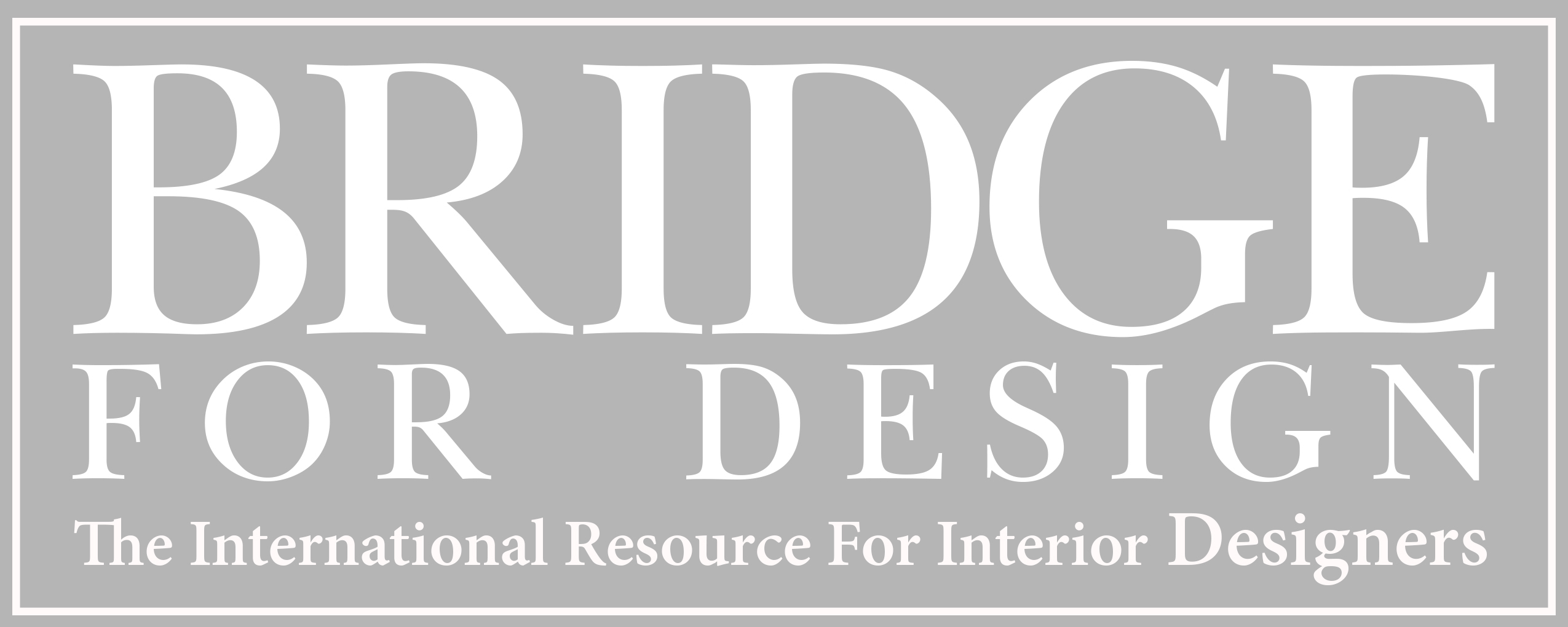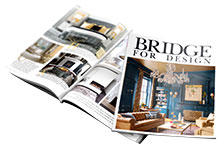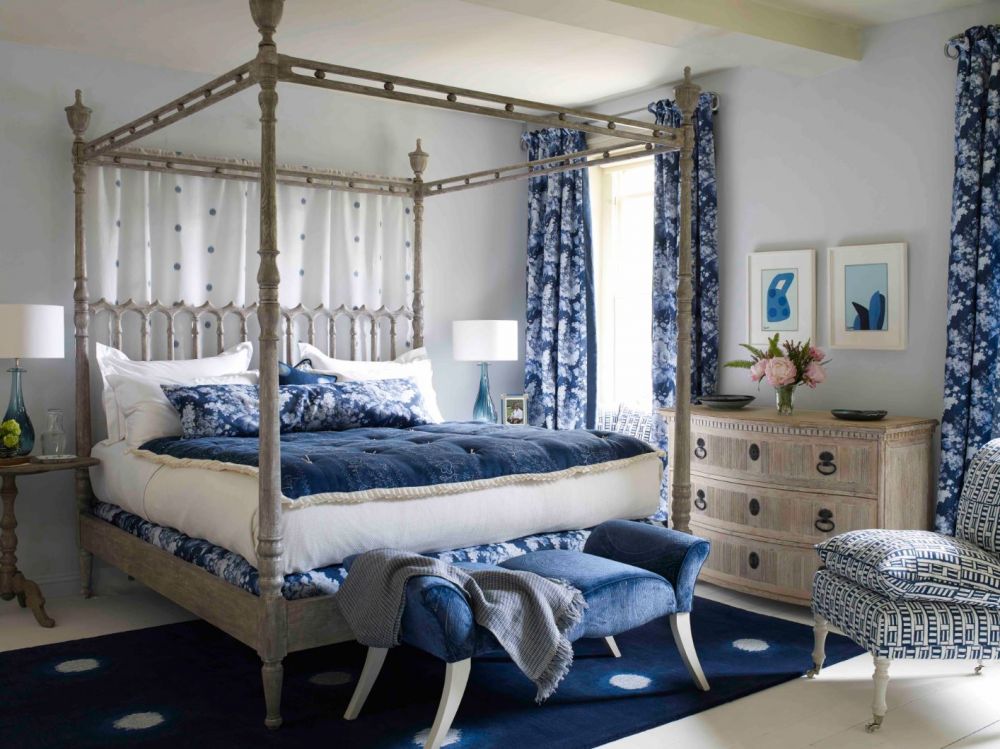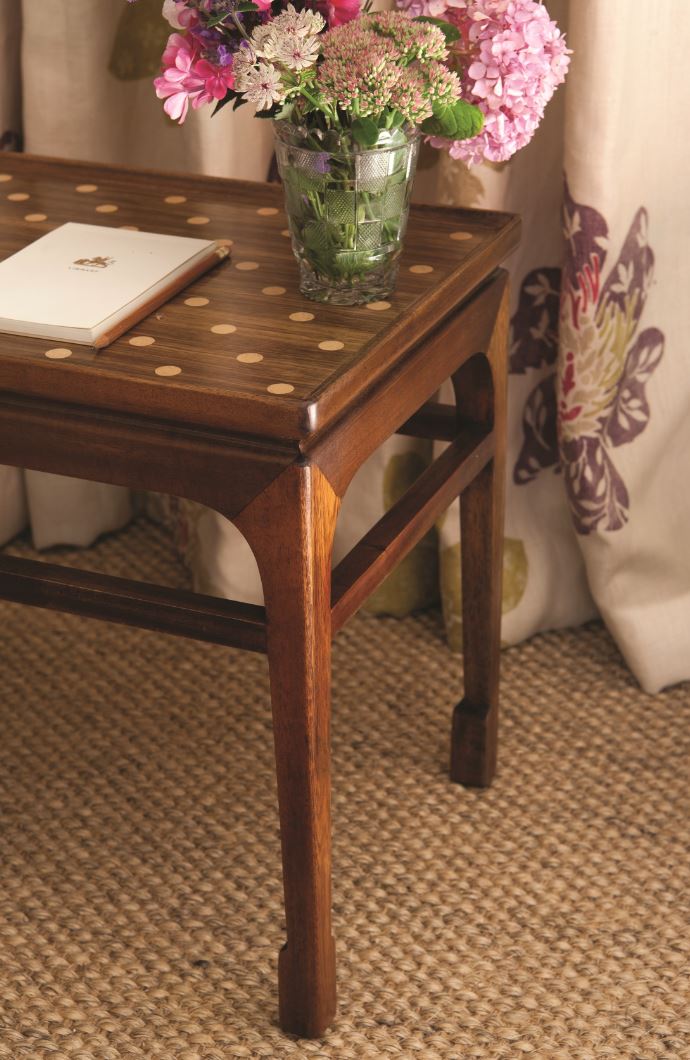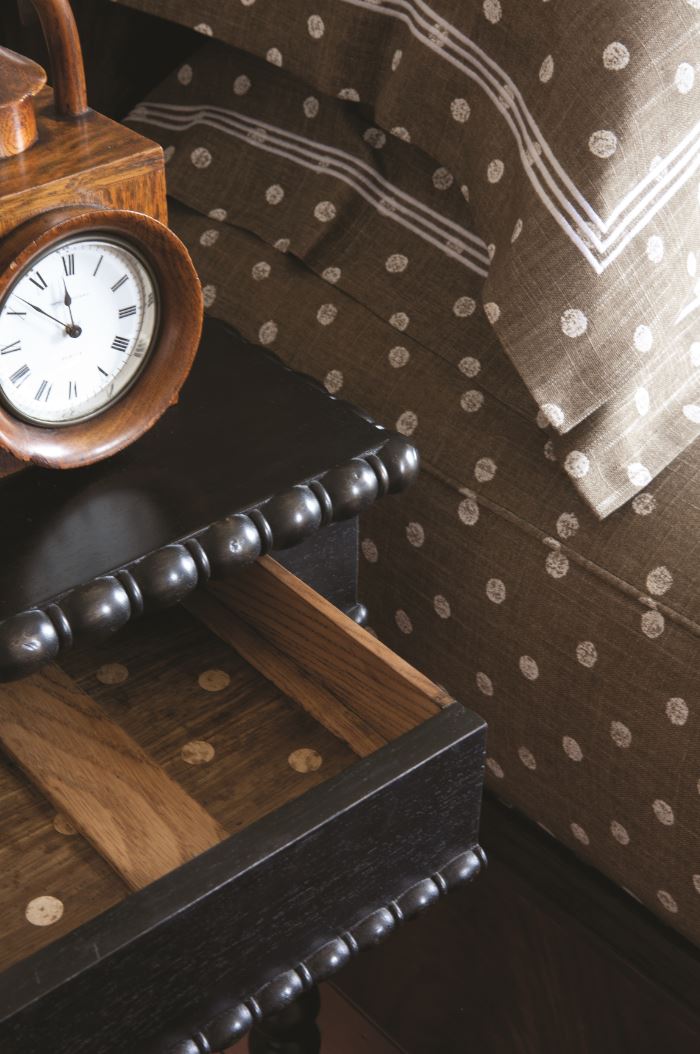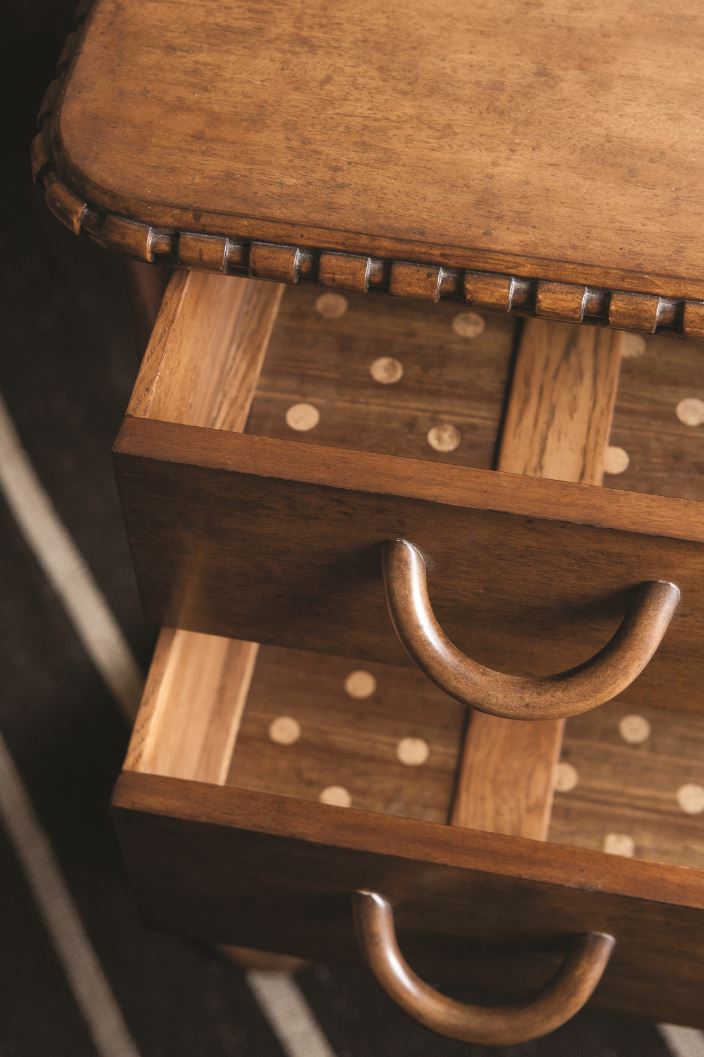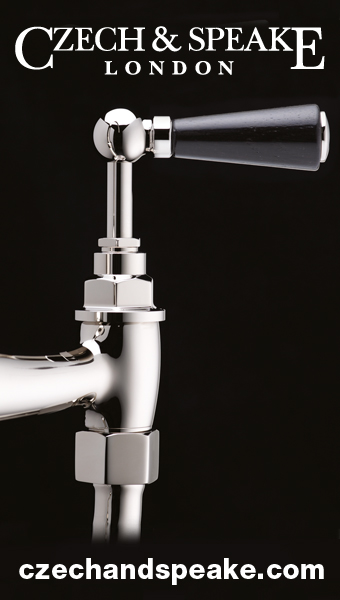For design extraordinaire, William Yeoward, trends are formed organically through inspiration. Sourced from his travels around the globe discovering antiquities, Yeoward’s approach to setting new trends stems from revisiting classics. ‘You have to look to the past to embrace the future which shapes our present,’ he explains. ‘You can’t be so serious about design where you end up creating the same iterations without any originality.’
Yeoward’s design aesthetic can be best described as modern antiquities with a whimsical twist. His playful polka dot designs have become his signature, a motif that he predicts will become a mainstay in design as more design-savvy consumers want to add personality to their décor. ‘Polka dots are a tried and true classic, but can be made fresh and new again just by changing some of the elements,’ Yeoward says. ‘For example, if you vary the size and scale of the circles themselves, they suddenly turn from conventional to extraordinary.’
People are no longer decorating with a monotone look, buying all the furnishings from one source. The days of outfitting one’s home to resemble a showroom are long gone; instead people are embracing a collected lifestyle with cherished pieces that contain meaning and personal connections. This new outlook in decorating reflects Yeoward’s design approach of ‘what’s old is new again’ where antiquities get a modern makeover without forsaking their origins, especially when there are polka dots around.
For those who are warming up to the idea of decorating with polka dots, start with the basics via accessories. Trays, bowls and accent pillows are the easiest ways to introduce the pattern. Take a step further with accent tables and lighting that showcases the spots in unique styling, whether it’s a distressed finish that lends a vintage effect or a highly lacquered finish for a sleek, contemporary touch. Colours can also impact the look and feel of the polka dots; a classic black and white combination epitomises ladylike charm whereas a monochromatic palette like grey dots against a charcoal background creates an unexpected and alluring result. Metallic touches can also add a different dimension to the pattern. Dare to experiment with double metallic colours like gold dots over a silver backdrop to form a unique take on the yin yang dynamic.
For the most part, polka dots are painted onto a surface; for Yeoward, he likes to add his twist to the conventional method by using different applications and techniques, one of which is marquetry. The process of inlaying different woods to create a pattern, marquetry has been primarily preserved for ornate, traditional reliefs. By using marquetry for polka dots, Yeoward infuses a fresh perspective to a time-honoured technique. The result is an eye-catching work of art that is both trending and classic at the same time.
Trends are often fleeting or cyclical; for a style to transcend the trending phase and become a mainstay, it has to incorporate traditional elements. ‘That’s why polka dots never feel tired; there are endless ways to update the pattern to make it unique and current again,’ says Yeoward.
‘You have to understand and appreciate historical relevancy before you add your own creative spin.’
